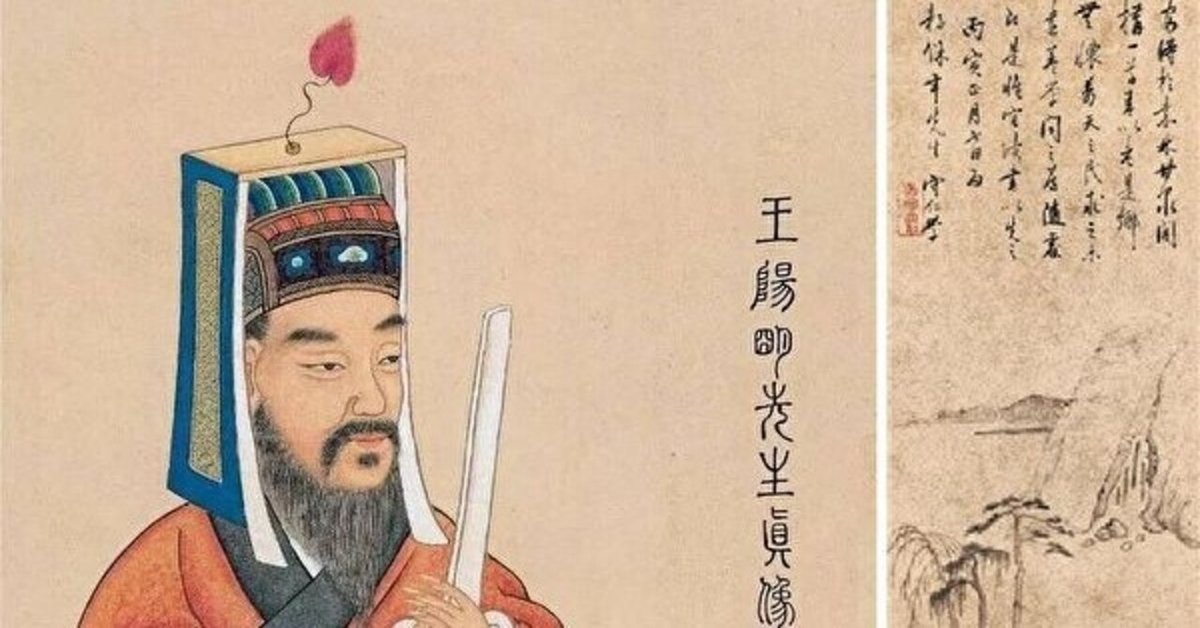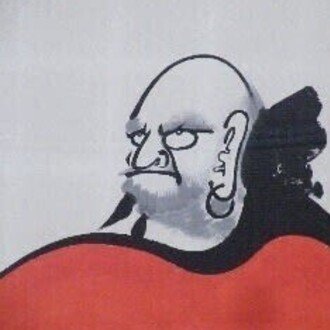
煎茶で見えてきたものは、老湯の味。そして王陽明と安岡正篤も 【一茶庵煎茶追想】 What you can see in Sencha is the taste of old hot water. And Wang Yangming and Masahiro Yasuoka
今夜の稽古は「静やかな雁ヶ音」だった。雁ヶ音は茶葉の中でも最高峰で、煎茶には欠かせないお茶の一つである。
今回は、“おだやかに、たおやかに” をテーマに、今までとは違う泛茶法(ほうちゃほう)という淹れ方で楽しんだ。いままでの下投法(かとうほう)は先にお茶を急須にいれ、それから湯を注ぐ。
今回のテーマに準ずると、泛茶法が適しているということらしい。泛茶法は下投法とは逆で、急須に湯を入れ、そしてお茶を浮かべるように優しく入れる。それが泛茶法の淹れ方の特徴のようである。
Tonight's lesson was "quiet tea leaves called goose sound". Goose (Karigane) is the highest peak of tea leaves and is one of the indispensable teas for sencha.
This time, we enjoyed the brewing method called Houchaho, which is different from the conventional one, with the theme of "gentle and gentle". The traditional method of Katouho is to put tea in a kyusu first and then hot water.
According to this theme, it seems that the tea method is suitable. The tea method is the opposite of the Katouho method, in which hot water is added to the kyusu and the tea is gently added as if it were floating. That seems to be a characteristic of the brewing method of the Houchaho.
復習として前回までの下投法で雁ヶ音をまず飲んだ。そして改めて泛茶法で雁ヶ音を飲むと、初心者の私でもその違いが歴然とわかる。泛茶法のほうが滑らかにである。簡単に言うと渋味も苦味も薄い、ということになる。
この一杯を飲み干し、違いを楽しんだあと、話は掛けてあったお軸に焦点があてられた。
As a review, I drank the Karigane first with the previous method of Katouho. And when I drink the Karigane again with the Houchaho method, even I, a beginner, can clearly see the difference. The tea method is smoother. Simply put, it has less astringency and bitterness.
After drinking this cup and enjoying the difference, the story focused on the axis on which it was hung.

珍しい書体の漢詩のお軸である。始まる前に、我々の雑談で漢字の読み方がどうしても話題に上る。読める漢字が少ない。なれば当然ながら意味もちんぷんかんぷんである。見てのとおり(写真)、崩してあるからなおのこと読みにくい。
ご存知だろうか、漢詩は五言と七言で読み方が異なる。五言であれば2文字、3文字で、七言なら2文字、2文字、3文字に分け意味を理解していくようになっている。始めの2文字がわからなければ、とばす。
次の2文字をみて意味を知ると、前のとばした2文字の意味を想像し膨らます。これが漢詩を理解していく方法のようである。
It is the axis of Chinese poetry in a rare typeface. Before we start, our chat will definitely talk about how to read kanji. There are few kanji that can be read. Naturally, the meaning is also sloppy. As you can see (photo), it is even harder to read because it's broken.
As you know, Chinese poetry is read differently in five and seven words. Five words are divided into two letters and three letters, and seven words are divided into two letters, two letters and three letters to understand the meaning. If you don't know the first two letters, skip it.
If you look at the next two letters and know the meaning, you can imagine the meaning of the previous two letters and expand. This seems to be a way to understand Chinese poetry.
まさに想像力が求められる。想像力なくしては漢詩が読めない、ということになる。その繰り返しで最後まで辿りつく。いままで28文字の中で分かった漢字が数文字の場合も多々あった。その場合は、誰の詩なのか、どんな絵が描かれているのかで意味を手繰り寄せていく。作者の意図とは全く違う内容を想像しても、これまた楽しい。
Imagination is required. We can't read Chinese poetry without our imagination. By repeating this process, we reach the end. Up to now, there were many cases where only a few kanji were found out of the 28 characters. In that case, the meaning is drawn by who the poem is and what kind of picture is drawn. Even if we imagine the content that is completely different from the author's intention, this is also fun.
今回のお軸は、最後に書かれていた名が「陽明」と記されていた。(書家はまた別)
ご存知の方も多いと思うが、中国の思想家「王陽明」である。最後に知ったこの漢詩の作者に私は驚いた。一時期「陽明学」という本をしきりに読んだ覚えがある。
驚いたのは、なぜ、煎茶に「王陽明」が出てくるのか、ということ。そしてもう一つ驚いた。この文字を書いた人物を聞いて鳥肌がたった。
「安岡正篤」である。安岡正篤氏は昭和の指導者である。昭和の総理大臣を支えた人物である。当時の東洋史学・哲学の第一人者で、平成、という年号の名付け親が安岡正篤といわれている。陽明学には欠かせない人物として、安岡正篤を読み漁った。
この安岡正篤が、当時、一茶菴に出入りしていたという。そしてこの軸も、ここで本人が書いたものだという。
On the axis this time, the last written name was written as "Yomei". (Calligrapher is different)
As many of you may know, it is the Chinese thinker "Wang Yangming". I was surprised at the author of this Chinese poetry that I learned last. I remember reading a book called "Yangmingism" for a while.
What surprised me was why "Wang Yangming" appears in sencha. And one more surprise. I got goose bumps when I heard the person who wrote this letter. It is "Masahiro Yasuoka". Masahiro Yasuoka is a leader of the Showa era. He is the person who supported the Prime Minister of the Showa era. Masahiro Yasuoka is said to be the leading figure in oriental history and philosophy at that time, and the godfather of the Heisei era. I read Masahiro Yasuoka as an indispensable person in Yangmingism. It is said that Masahiro Yasuoka was in and out of Issa-an at that time. And this axis is also said to have been written by the person himself here.

宗匠の解説が終わるころには涼炉の火も落ち、今回も一煎で終わりかと思っていると、おもむろに宗匠が冷めた湯に雁ヶ音を浮かしてください、と。
雁ヶ音を浮かした。そして間をとって味わった。くたびれた味になっていた。この冷めた湯「老湯(ろうとう)」で飲むお茶も、また楽しからずや、の心境になる。老湯(人)にはまだ遠いが、老湯の味もなんとなくわかってきたような気に。
By the time the explanation of the master was finished, the fire of the stove had gone down, and when we thought that it would be over with one brew this time, I asked him to float the Karigane in the cold water of the master.
And I took a break and tasted it. It had a tired taste. The tea we drink in this cold hot water "Rotou" is also a feeling of having fun. It is still far from the old hot water (people), but I feel like I've somehow understood the taste of the old hot water.

※この記事は2009年10月「心と体のなごみブログ」に掲載したものに加筆して転載
レポート & 写真 / 渡邉雄二 トップの写真 / 王陽明画像より転載 場所 / 文人会一茶庵 Reported & Photos by Yuji Watanabe
いいなと思ったら応援しよう!

